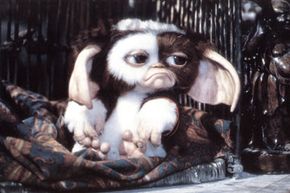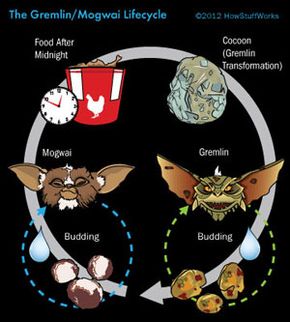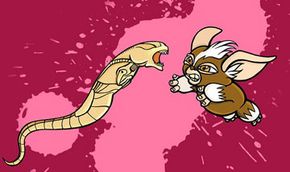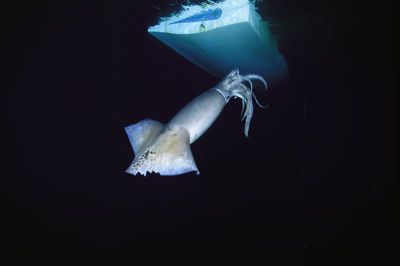If you're a child of the 1980s, then chances are you once owned a pet mogwai. Even now, you probably remember the overwhelming thrill you felt when you tore away the gift wrap and discovered a diminutive, furry humanoid nestled at the bottom of a shoebox.
Assuming you were an organized, dependable sort of kid, then chances are you still share a loving, regimented life with your mogwai to this day. Perhaps the little guy's seated next to you on the couch right now, quietly filling out The New York Times crossword puzzle with a miniature golf pencil.
Advertisement
But if you were like most children -- which is to say irresponsible and easily distracted -- then the whole mogwai experience probably ended in tears. First came the rapid asexual reproduction, followed by grotesque metamorphosis. Before you knew what happened, mom was crying and every appliance in the kitchen had a dead gremlin in it.
Such are the lessons of childhood, right? All pets come with rules and responsibilities: replenish the food bowl, empty the litter box, take the dog on a walk. But mogwai come with their own bizarre set of mandates. Remember these?
- Keep your mogwai away from bright lights, especially sunlight.
- Never allow your mogwai to get wet.
- Never feed your mogwai after midnight.
Today, your chances of buying a pet mogwai are slim. After the great gremlins disaster of 1990, most countries banned or strictly prohibited the importation, release or exportation of specimens. Ownership, while still legal, is subject to strict federal regulation.
But that doesn't mean you shouldn't know how these amazing creatures work, as well as how they may have come to exist.
Advertisement








